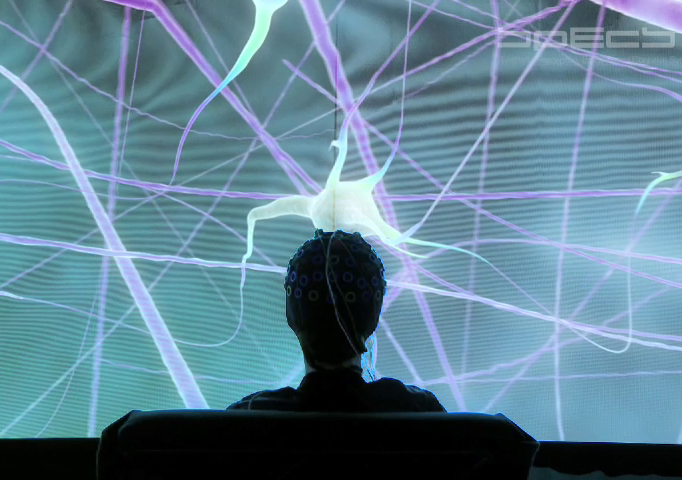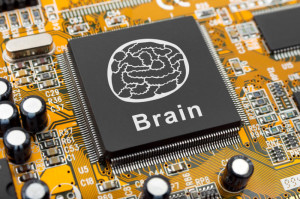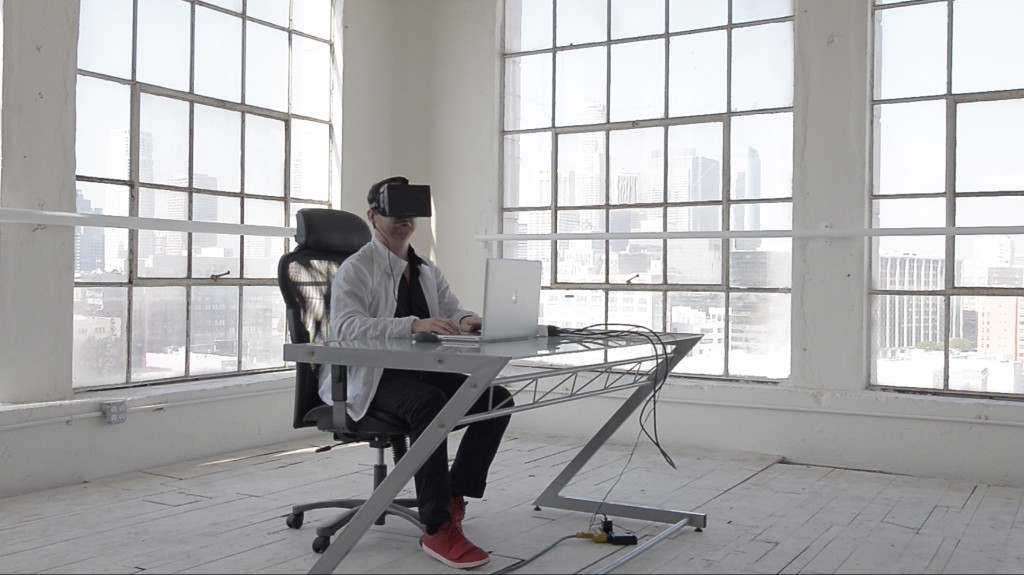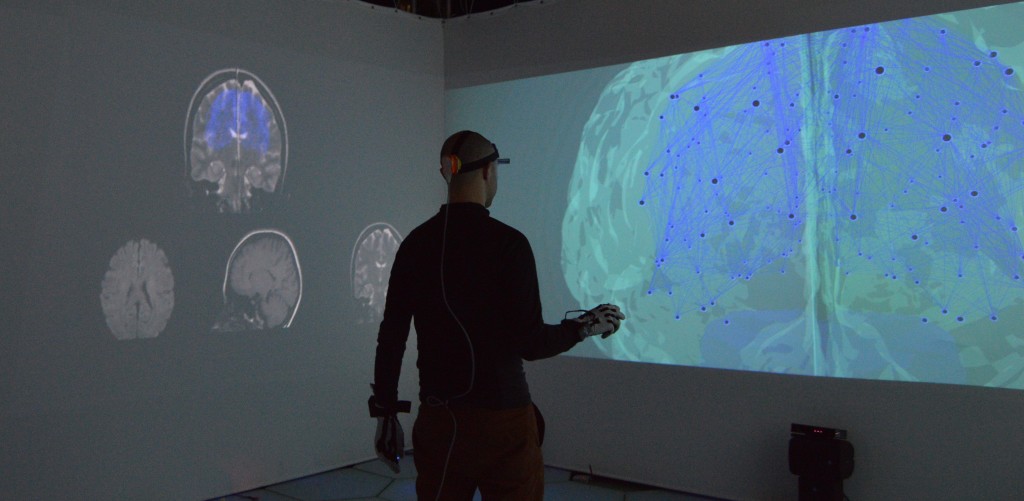Article by Michael Szollosy
“The desire to anthropomorphise, the need to connect, is powerful, and that is why this thing is going to sell.”
So says Daniel Graystone, inventor and CEO of Graystone industries in the American network series Caprica. The prequel to the 2004 remake of Battlestar Galactica, Caprica tells the story of how the genocidal Cylons came into existence. Graystone is trying to develop a robot for use by the military, but realises that his will be more successful if his robots look and act like human beings. First, it needs to be pointed out – evidently with some frequency – that bipedal robot soldiers are probably the most inefficient way that robots can be used in military combat, and not at all what a truly sophisticated artificial intelligence would use to take over the planet and enslave the human race.
But given that, Graystone makes a very important point: there is a very deeply-rooted impulse to anthropomorphise – to attribute human qualities to things that are not human – and this seems to be a big factor in the development of human-robot interactions. Continue reading










